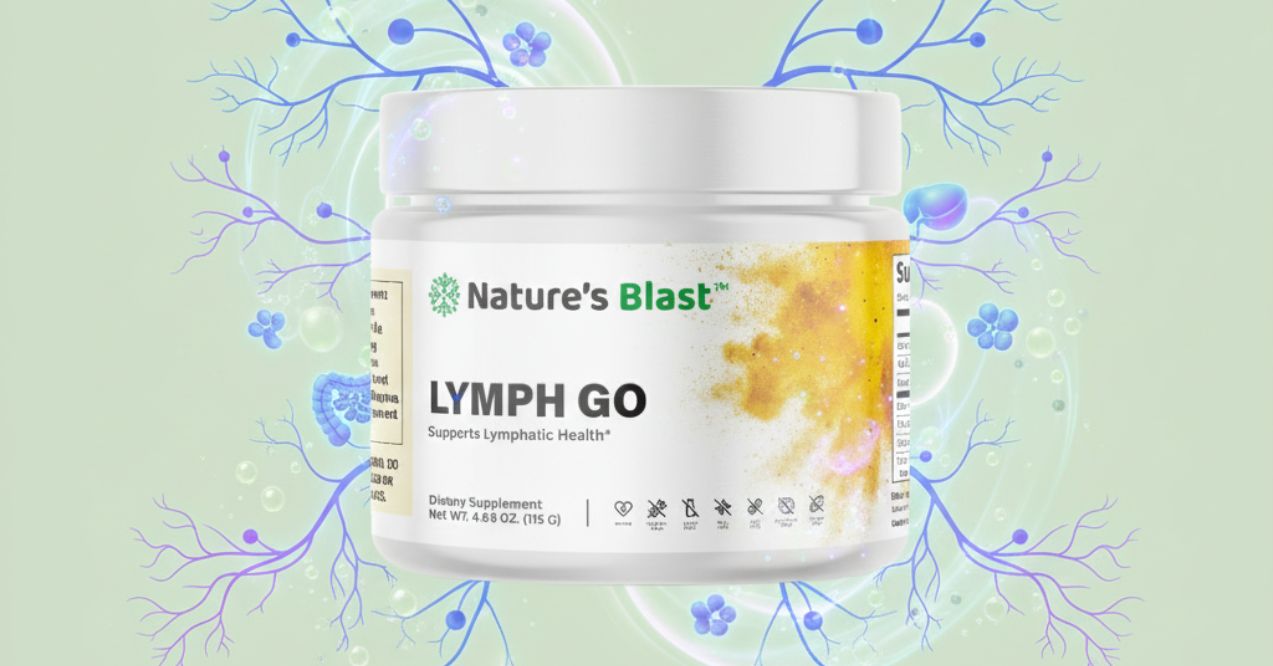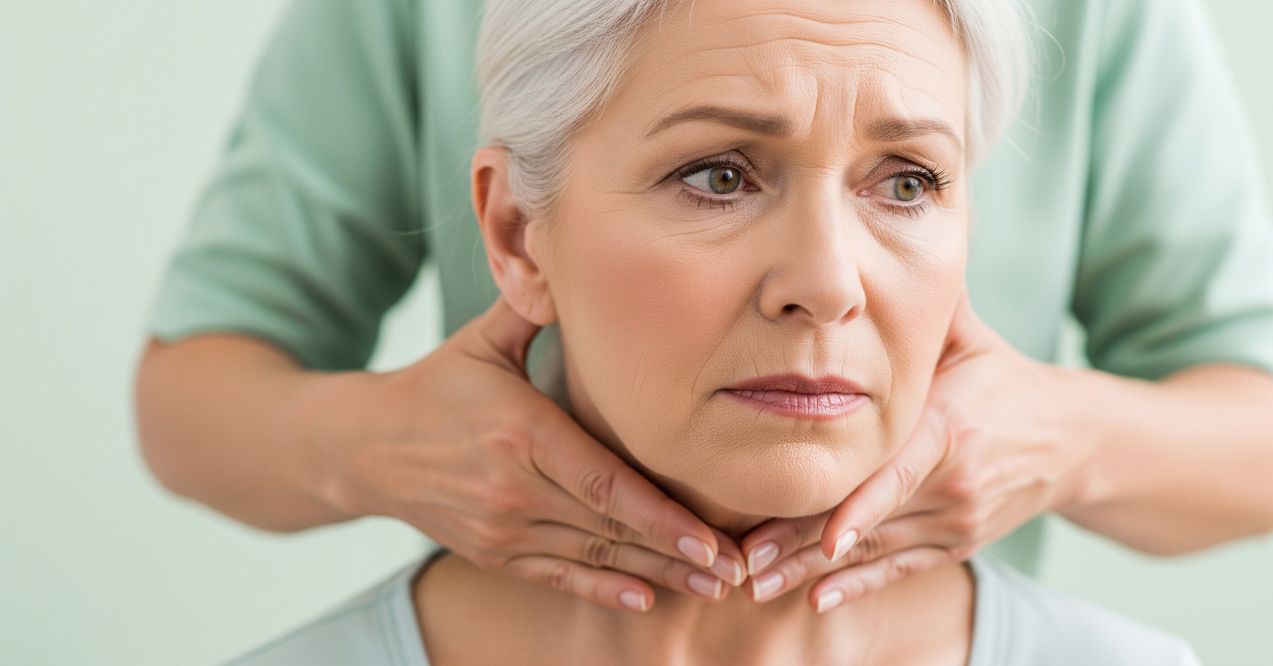Why Is Only My Left Leg Swelling? Symptoms You Shouldn’t Ignore
Medically reviewed by our experts
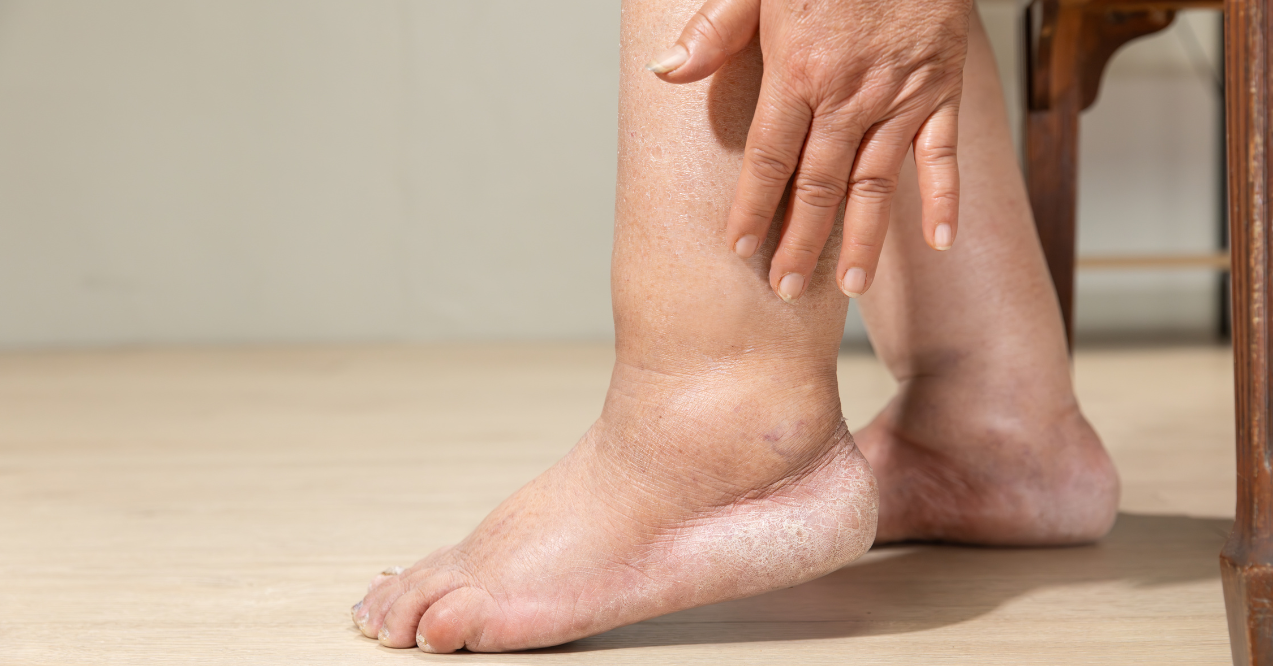

If you’ve ever asked yourself, why is only my left leg swelling, you’re not alone. Swelling in just one leg, also known as unilateral swelling, can be uncomfortable and worrying. Unlike swelling in both legs, which often happens after long periods of standing, single-leg swelling often signals circulation or drainage issues that deserve closer attention.
In some cases, immune responses may play a role. For example, sometimes you could wonder, can allergies cause swollen lymph nodes activity in specific areas, which might contribute to swelling in just one leg. Understanding these differences can help you take the right steps for your health.
How Blood and Fluid Flow Through the Legs
Your legs contain a complex network of blood vessels and lymphatic channels that keep fluids moving smoothly.
Blood Flow: The Veins & Valves System
Arteries carry oxygen-rich blood down into your legs, while veins work much harder — pushing blood back up toward your heart against gravity. To make this possible, veins are equipped with tiny one-way valves. Each time you walk, flex your ankle, or raise your heels, the surrounding muscles act like pumps, squeezing blood upward and preventing it from flowing backward.
Lymphatic Drainage: The Body’s “Fluid Filter”
Alongside your veins, another important system keeps your legs balanced — the lymphatic vessels. These drainage channels collect excess fluid from your leg tissues. This fluid, called lymph, carries immune cells and helps clear waste products from your body. Just like veins, lymphatic vessels rely on one-way valves and muscle movement to keep fluid flowing smoothly.
- Lymph nodes behind the knee – act as filtration hubs for fluid
- Waste removal – they trap and break down toxins and harmful substances
- Overloaded nodes – when stressed, they cause swelling and discomfort
- Massage option – some try lymphatic drainage massage, but it’s wise to ask “Are There Lymphatic Massage Dangers?” before starting
When either the veins or lymphatic vessels are stressed, weakened, or blocked, fluid pools in the tissues of your leg — much like water in a clogged sink. That’s when you welling becomes visible and uncomfortable and you start start wondering “is swelling of the legs dangerous”.
Why Is Only My Left Leg Swelling?
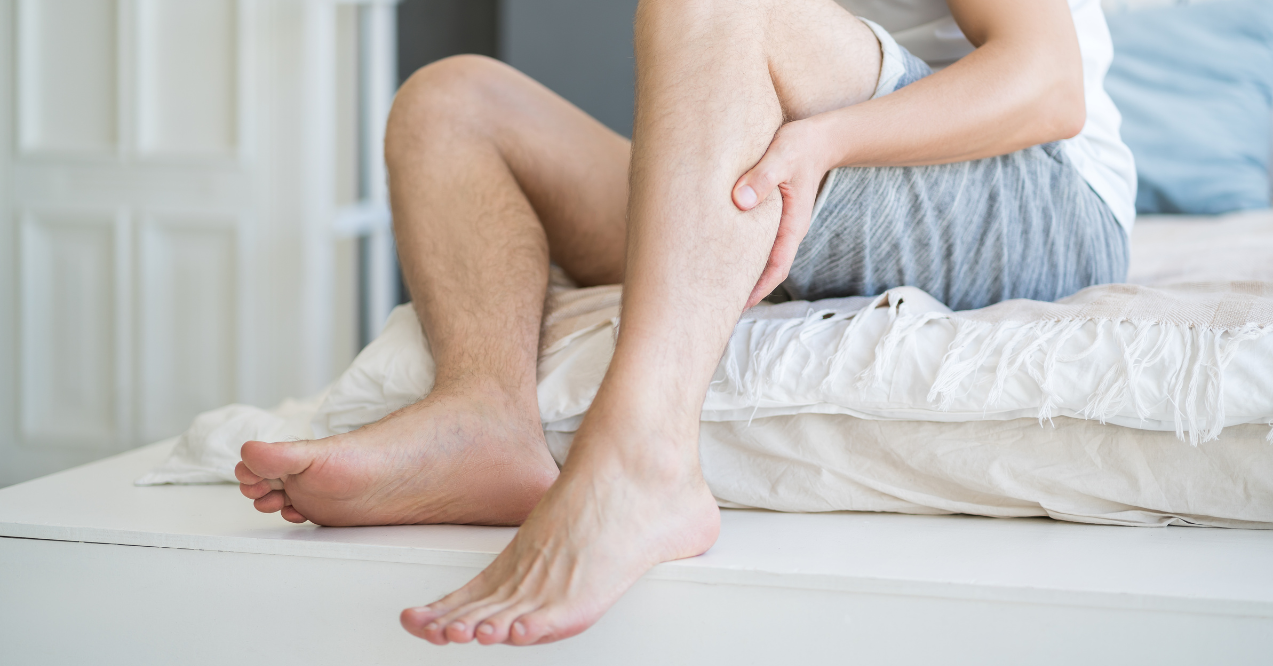
So, why is only my left leg swelling? When swelling appears in just one leg, it often points to a circulation issue affecting that specific limb. Unlike general swelling that might occur after a long day, single-leg swelling typically suggests that something is interrupting the normal flow of fluids in that particular leg.
1. Blood Clots and Poor Circulation
Does leg swelling affect circulation? Actually, it’s often the other way around. When blood flow slows down in the deeper veins of your leg, it can form clots that block the normal flow. Think of it like a traffic jam on a highway – when blood can’t flow freely past the blockage, fluid builds up in the tissues below. This explains why you might notice swelling primarily in one leg, especially after sitting for extended periods.
- Clots in deep veins – often form when circulation slows
- Blocked blood return – prevents normal flow back to the heart
- Fluid leaks into tissues – trapped blood causes swelling
This type of swelling is usually sudden and should be taken seriously, since clots can become dangerous if not treated promptly.
2. Fluid Drainage Problems
Your lymphatic system works like a complex drainage network. When this system faces challenges in one leg, fluid can’t move efficiently back into circulation. Imagine a clogged storm drain during heavy rain – when the water can’t drain properly, it backs up and causes flooding. Similarly, when lymphatic vessels become compressed or damaged, fluid accumulates in the surrounding tissues.
- Lymph vessels – normally carry fluid and immune cells away
- Blockages or compression – disrupt this natural drainage
- Fluid buildup – leads to heaviness and swelling in the leg
Sometimes these drainage issues are temporary, but if they become persistent, they may point to deeper problems with the lymphatic system.
3. Venous Insufficiency
Healthy veins contain valves that act like one-way gates, ensuring blood flows upward toward your heart. When these valves weaken, they can’t close properly. This allows blood to flow backward and pool in your veins, similar to water backing up behind a faulty dam. Over time, this leads to swelling as fluid leaks into surrounding tissues.
- Weak vein valves – allow blood to leak back downward
- Pooling pressure – stretches and strains the vein walls
- Tissue swelling – fluid escapes into surrounding areas
For some people, this discomfort becomes more noticeable during rainy or humid weather, when joint stiffness and pressure sensitivity tend to flare up. If you experience this, it may help to understand how to stop joint pain when it rains, especially when swelling and joint discomfort happen together.
4. Varicose Veins
Left leg swelling below knee often relates to varicose veins. These enlarged, twisted veins develop when vein walls lose their strength. Picture a garden hose with weak spots that bulge under pressure – varicose veins work similarly.
- Weakened vein walls – stretch and bulge like a worn hose
- Blood collects – pressure builds in the enlarged veins
- Visible veins – swelling often appears with blue or purple lines
Swelling below the knee is especially common with varicose veins, and while it’s not always dangerous, it can be uncomfortable and worsen over time without support.
When to Seek Immediate Medical Attention for Leg Swelling
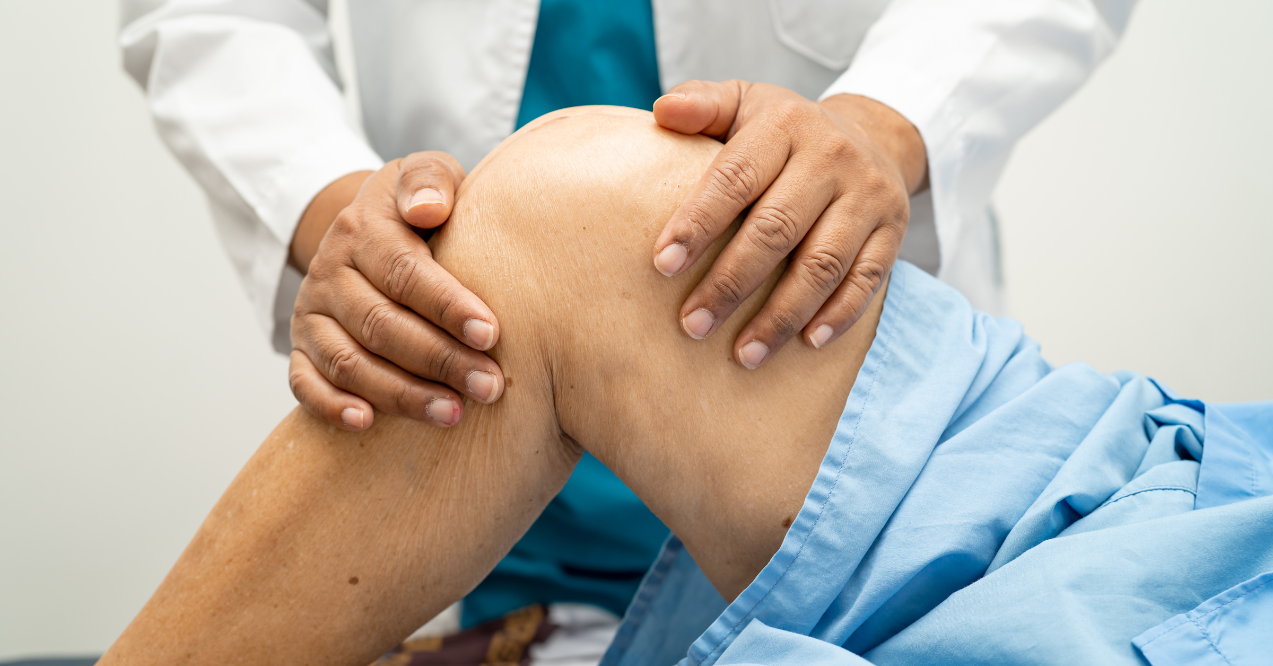
While leg swelling isn’t always an emergency, swelling in just one leg can be a significant warning sign that points to a serious issue requiring immediate attention. The question, “why is only my left leg swelling?”, is important because it shifts the focus from a general condition to a localized one, often indicating a problem within that specific limb.
Watch for these urgent warning signs:
- Sudden swelling – appears quickly without an obvious cause
- Severe pain or tenderness – especially if it worsens with touch or movement
- Warmth or spreading redness – can point to an underlying circulation problem
- Breathing issues or chest discomfort – may signal a clot that needs emergency care
- Skin color changes – your leg or foot turns pale, bluish, or unusually red
- Temperature differences – one leg feels noticeably warmer or cooler than the other
If your swollen leg feels hot, looks discolored, or enlarges rapidly, act quickly. Rapid swelling over hours—especially with chest discomfort or shortness of breath—deserves immediate evaluation. If you’re also concerned about nearby nodes, it’s reasonable to ask yourself should i go to urgent care for swollen lymph nodes when significant tenderness, heat, or rapid changes occur around a node cluster.
Remember — your body often sends signals before problems escalate. Trust your instincts: if something feels seriously wrong, it’s always safer to get it checked right away.
Ways to Reduce Swelling in One Leg
Several practical approaches can help support healthy circulation and alleviate discomfort when dealing with single-leg swelling. The key is to focus on strategies that promote proper blood flow and fluid movement in your legs.
Movement & Activity
- Take short walks every 2-3 hours
- Perform ankle rotations while sitting (10 circles in each direction)
- Practice calf raises when standing (10-15 repetitions)
- Flex your feet and wiggle your toes regularly
- Choose activities like swimming or stationary cycling
Elevation & Positioning
- Raise your leg above heart level using pillows
- Elevate for 15-20 minutes, 3-4 times daily
- Place a pillow under your leg while sleeping
- Use a footstool when sitting for long periods
- Keep your leg elevated during rest breaks
Compression Support
- Wear properly fitted compression garments
- Put compression socks on first thing in the morning
- Consider graduated compression stockings
- Remove compression garments before sleeping
- Replace compression garments every 3-6 months
Lifestyle Habits
- Stay well-hydrated throughout the day
- Perform gentle upward massage strokes
- Take regular breaks during long trips
- Avoid crossing your legs while sitting
- Keep moving even during sedentary activities
Alongside these physical approaches, you can support your body’s natural processes from within. Some people choose to incorporate circulation-supporting botanicals into their routine, alongside movement and healthy habits.
Natural supplements for lymphatic drainage like Lymph Go combine traditional botanicals that complement healthy movement and lifestyle habits. The Lymph Go ingredients list includes key compounds such as bromelain, derived from pineapple, promotes comfortable movement and helps maintain fluid balance in tissues. Lemon peel contains beneficial compounds that support healthy blood flow and vascular function.

When paired with regular movement and elevation strategies, internal support could enhance your comprehensive approach to leg health.
Conclusion
Understanding “why is only my left leg swelling” can help you take appropriate action for your well-being. While single-leg swelling often signals circulation issues, various supportive measures can help maintain healthy blood flow in your legs. Stay alert to warning signs that require immediate attention, and remember that regular movement plays a vital role in supporting leg health.
By incorporating simple strategies like elevation, compression, and regular exercise into your daily routine, you can actively support your circulation. Listen to your body’s signals and respond promptly to significant changes in how your leg feels or looks.
Swelling in just one leg, often the left, usually points to circulation problems in that limb. Blocked blood flow, weakened vein valves, or lymphatic drainage issues can cause fluid buildup that does not affect the other leg.
Uneven leg swelling isn’t typical and often signals an underlying circulation issue. While temporary swelling can occur after activity, persistent single-leg swelling deserves attention. Normal fluid changes typically affect both legs similarly.
Seek urgent care if swelling comes on suddenly, is accompanied by severe pain, warmth, or redness, or if it occurs with chest pain or breathing difficulties. These may be signs of a clot or circulation emergency.
Changes in body composition can affect circulation patterns, but single-leg swelling usually indicates a localized issue. If only one leg shows swelling, the cause likely relates to blood flow or lymphatic function in that specific limb.
Yes. Leg swelling can put extra pressure on blood vessels and tissues, which may slow healthy circulation. Poor fluid drainage from veins or the lymphatic system often causes the swelling, and if left unaddressed, it can further impact blood flow and overall leg health.
FAQ
References
